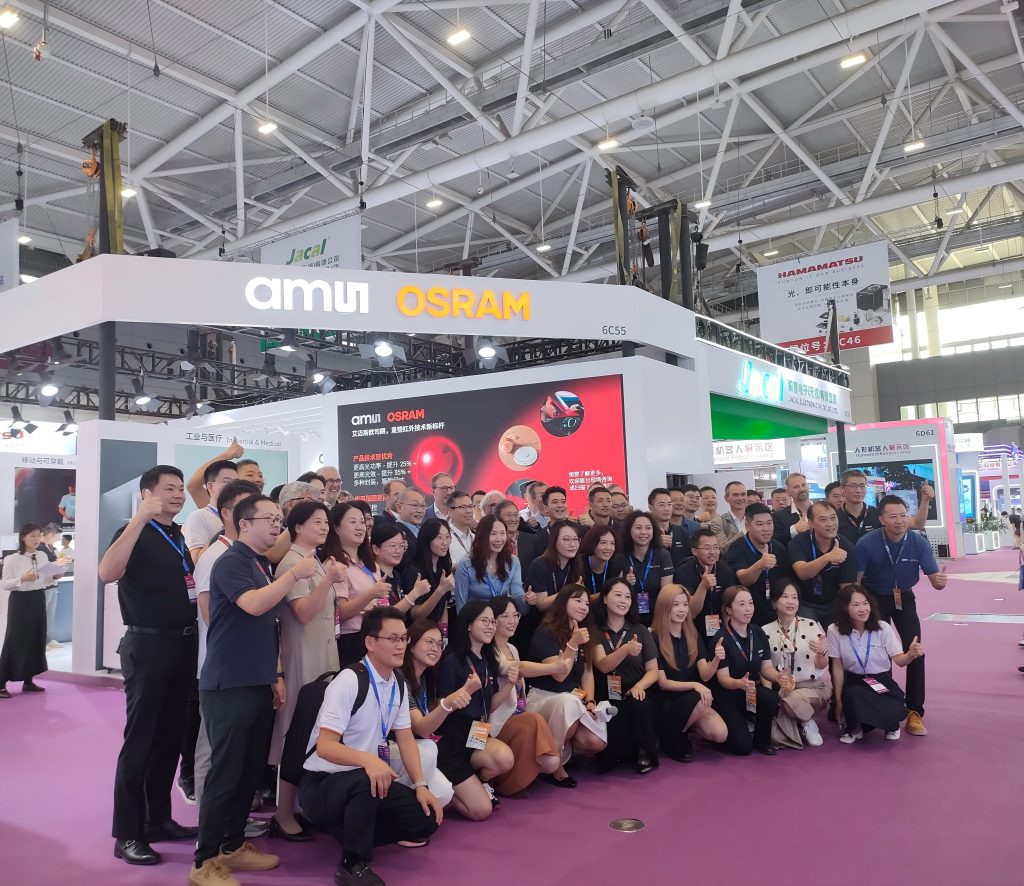Impact of the US-China Trade War on US Imports of PCB Assembly Services from China
PCB assembly services are being provided to USA market from 1990’s til now. China was the main supplier of PCBA to USA. But in recent years, the US-China trade war has significantly disrupted the US electronics supply chain, particularly affecting imports of PCB assembly services from China. Since 2018, the US has imposed escalating tariffs on Chinese-made electronics, including PCB assemblies and components. By February 2025, tariffs reached 35% on most imported Chinese electronics, up from the initial 25% levied in 2018. This increase has raised costs for US manufacturers relying on Chinese PCB assemblies, forcing them to either absorb higher expenses or pass them on to consumers.
The tariffs extend beyond finished products to components like semiconductors, resistors, and connectors, amplifying cost pressures across the supply chain. For instance, US-bound PCBs from Vietnam, India, or Mexico often contain Chinese sub-components, subjecting them to indirect tariff risks. Altana’s analysis reveals that 88% of US electronics value chains depend on foreign inputs, with nearly a quarter of Tier 1–3 suppliers based in China, highlighting the pervasive exposure to tariff shocks.
To mitigate costs, US companies are shifting orders to Southeast Asia (e.g., Vietnam, Thailand) or Mexico. However, these regions still rely on Chinese materials, limiting the effectiveness of diversification. Some Chinese PCB manufacturers are also establishing overseas facilities in tariff-exempt countries to bypass restrictions.
The trade war has accelerated supply chain reconfiguration, with US buyers seeking non-Chinese suppliers and investing in AI-driven manufacturing to reduce costs. Nevertheless, China’s dominance in PCB assembly services (67% of global exports) ensures it remains a critical, albeit costlier, partner for the US electronics industry.
Sayfu Group New Market Direction
Under this background, Sayfu team has expanded it’s market from traditional north American to other markets line India, South Korea, Malaysia and Russia etc. This switching give much more choice to Sayfu management who can invest more machines for more capacity.
